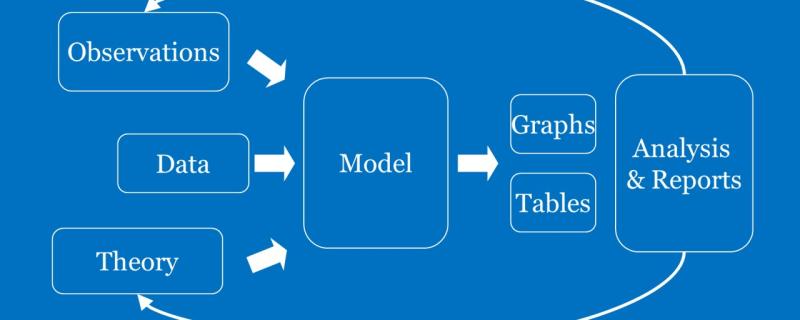In the first-ever study from India, researchers at the National Centre for Biological Sciences (NCBS), Bengaluru and the Tata Memorial Hospital, Mumbai, have analysed how prevalent the Merkel Cell Polyomavirus (MCV) is in India.
Image: Dolomedes indicus, Adult Female (left) and adult male (right). Credit: Authors https://doi.org/10.1038/s41598-025-26308-2
Wayanad/

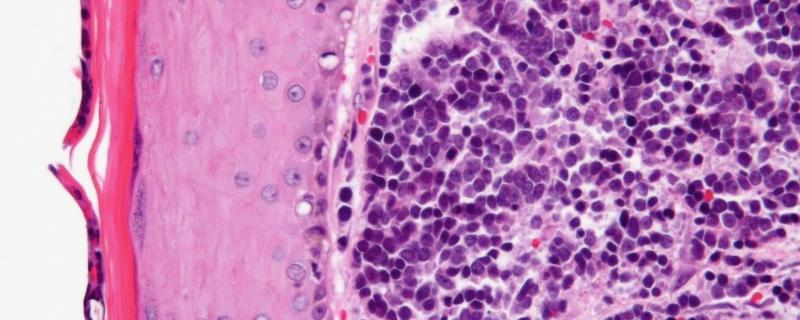
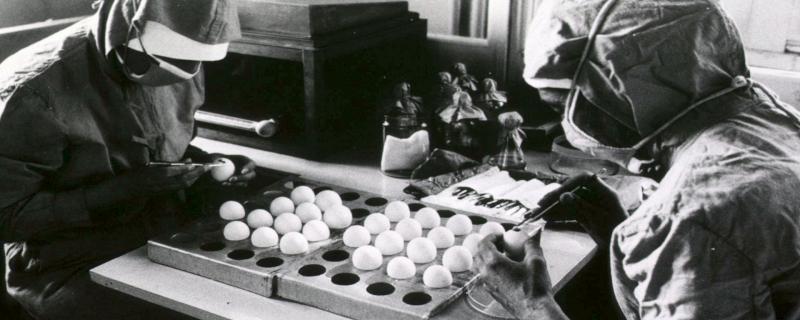
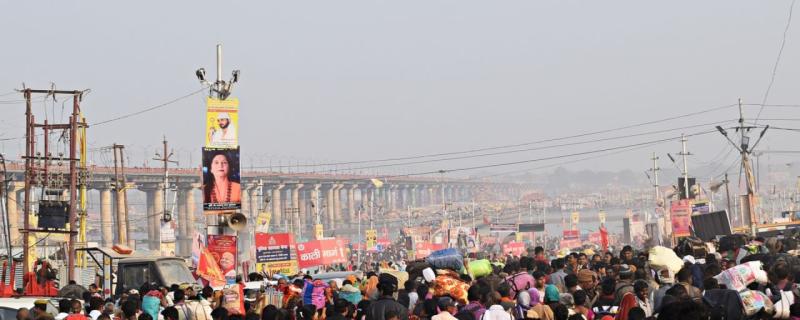
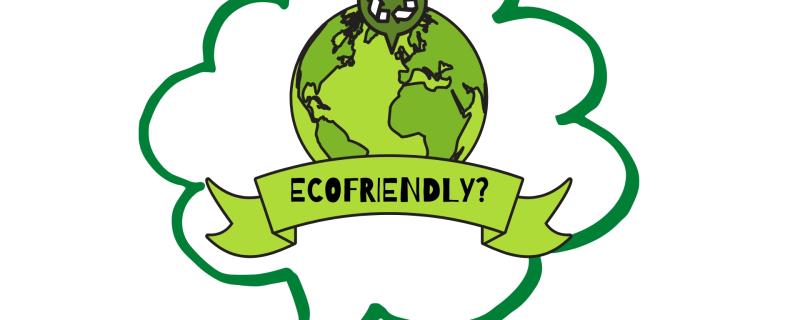

![A tiger crossing a road in Tadoba National Park, India [Image Credits: Grassjewel / CC BY-SA] A tiger crossing a road in Tadoba National Park, India [Image Credits: Grassjewel / CC BY-SA]](/sites/researchmatters/files/styles/large_front_800x320/public/panthera_tigris_tigris_tadoba_india_wild_tiger_0.jpg?itok=EDu1DTiI)
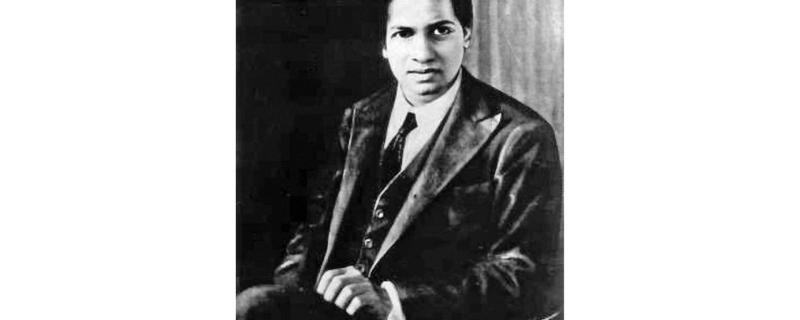

![Gangulybiswarup via Wikimedia Commons [CC BY-SA 3.0] Study finds younger women in India do not have better jobs than their mothers](/sites/researchmatters/files/styles/large_front_800x320/public/iitb_6.jpg?itok=vH_tJOP5)
